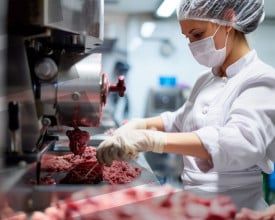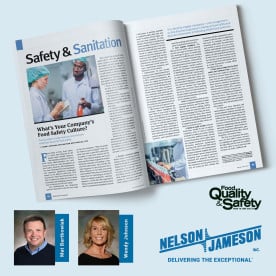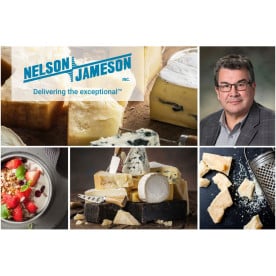Monthly Archives: April 2013
- April 24, 2013
Nelson-Jameson, Inc. has the largest collection of reagents assembled exclusively for food & dairy testing laboratories. Reagent chemicals should be handled only by qualified individuals trained in laboratory procedures and familiar with their potential hazards. “Right to Know” laws make it mandatory that anyone handling a hazardous substance be informed of the health hazards and safety precautions associated with that chemical.
Material Data Safety Sheets (MSDS) are provided by Nelson-Jameson as required by OSHA’s Hazard Communication Law for products designed as hazardous. Our automated system assures that you will receive an MSDS with your first purchase of that hazardous item. You may also contact us to request MSDS information
- April 17, 2013
When you hear about pest control in the food industry, one of the most common forms you hear about are insects. Depending on your geographic location, insects can be a problem year round, or rather be an extreme issue in the Spring of the year when the climate is prone to producing the proper temperatures for population growth and potential infestation.
In a recent Food Quality article, Jim Fredericks, PhD does a great job at addressing some of the pests that aren't as commonly acknowledged. Touching base on pests from cockroaches to stored product pests, Dr. Fredericks discusses the issues associated with these organisms, as well as, ways to detect and control their population.
- April 09, 2013
When it comes to food illness, such names as Listeria, E.coli, etc. might be familiar. A name that may be more of a surprise to some is "Hepatitis." More specifically, Hepatitis





